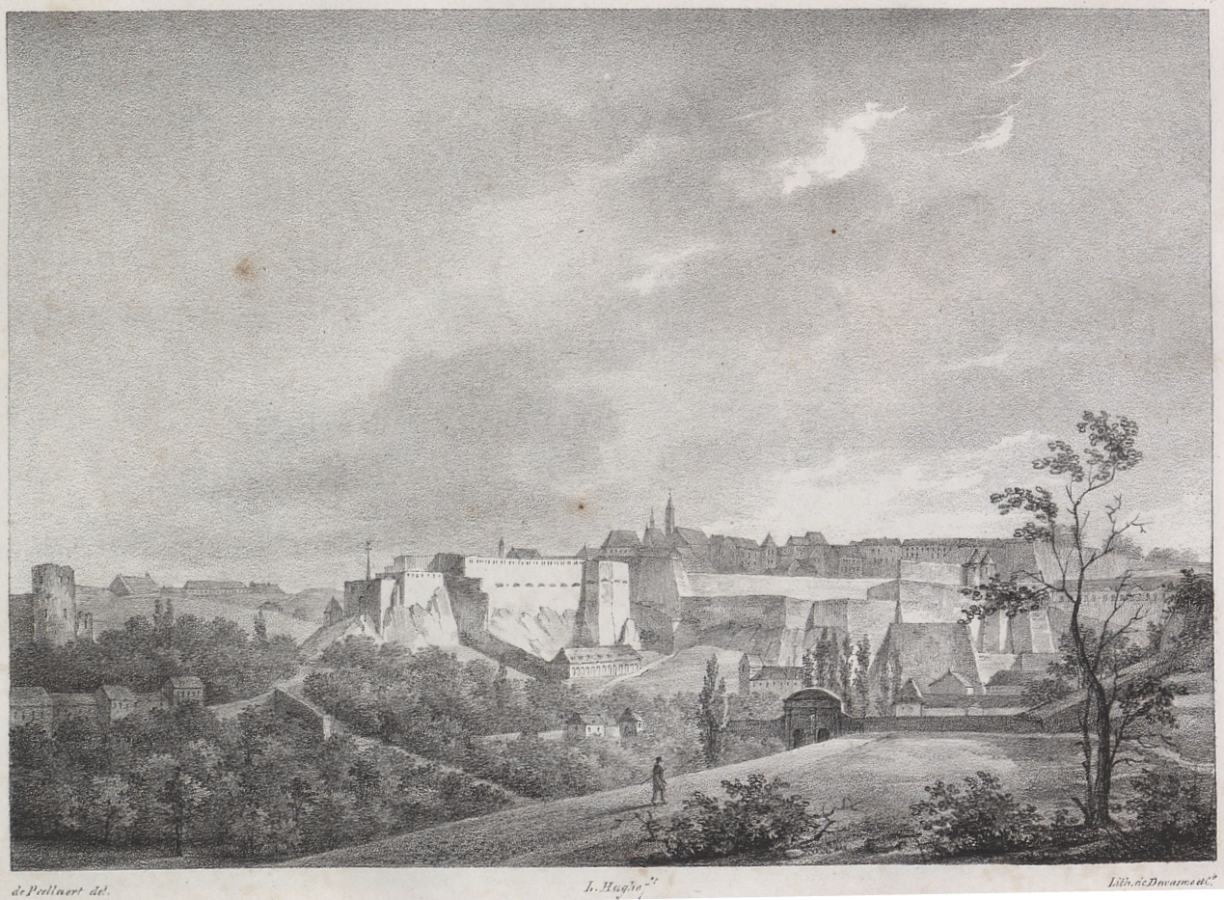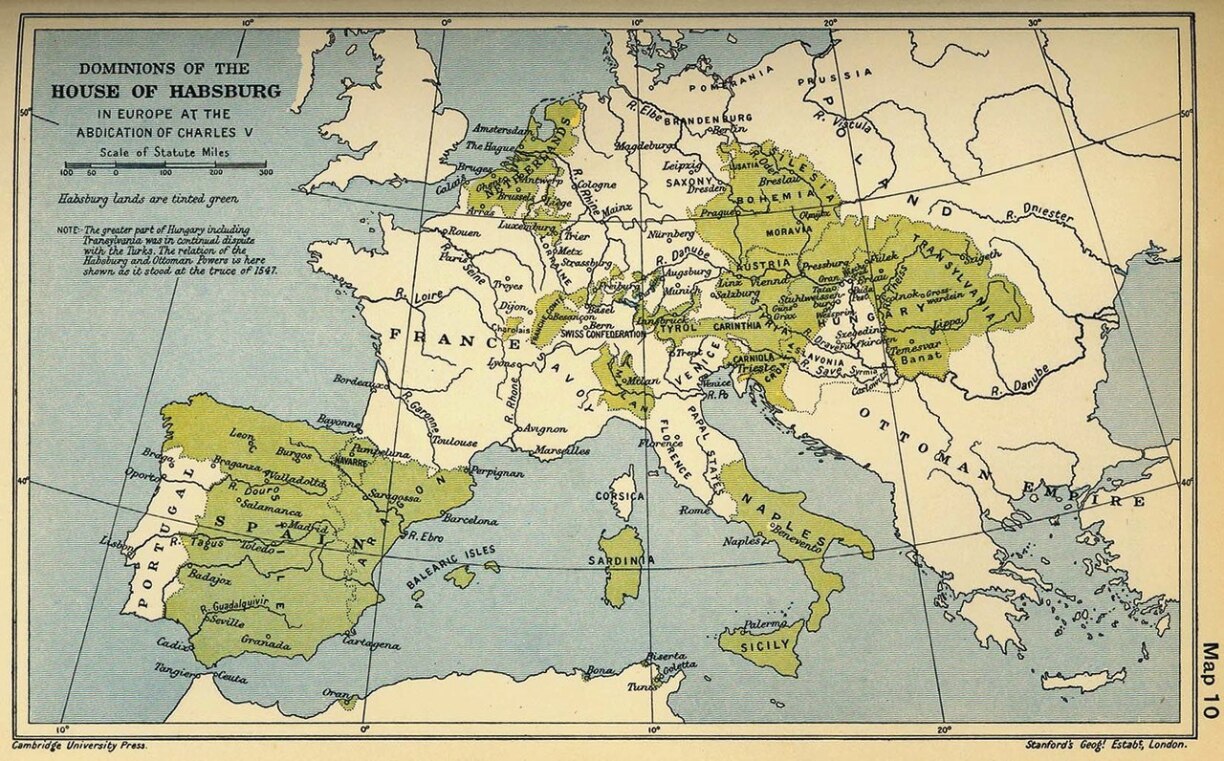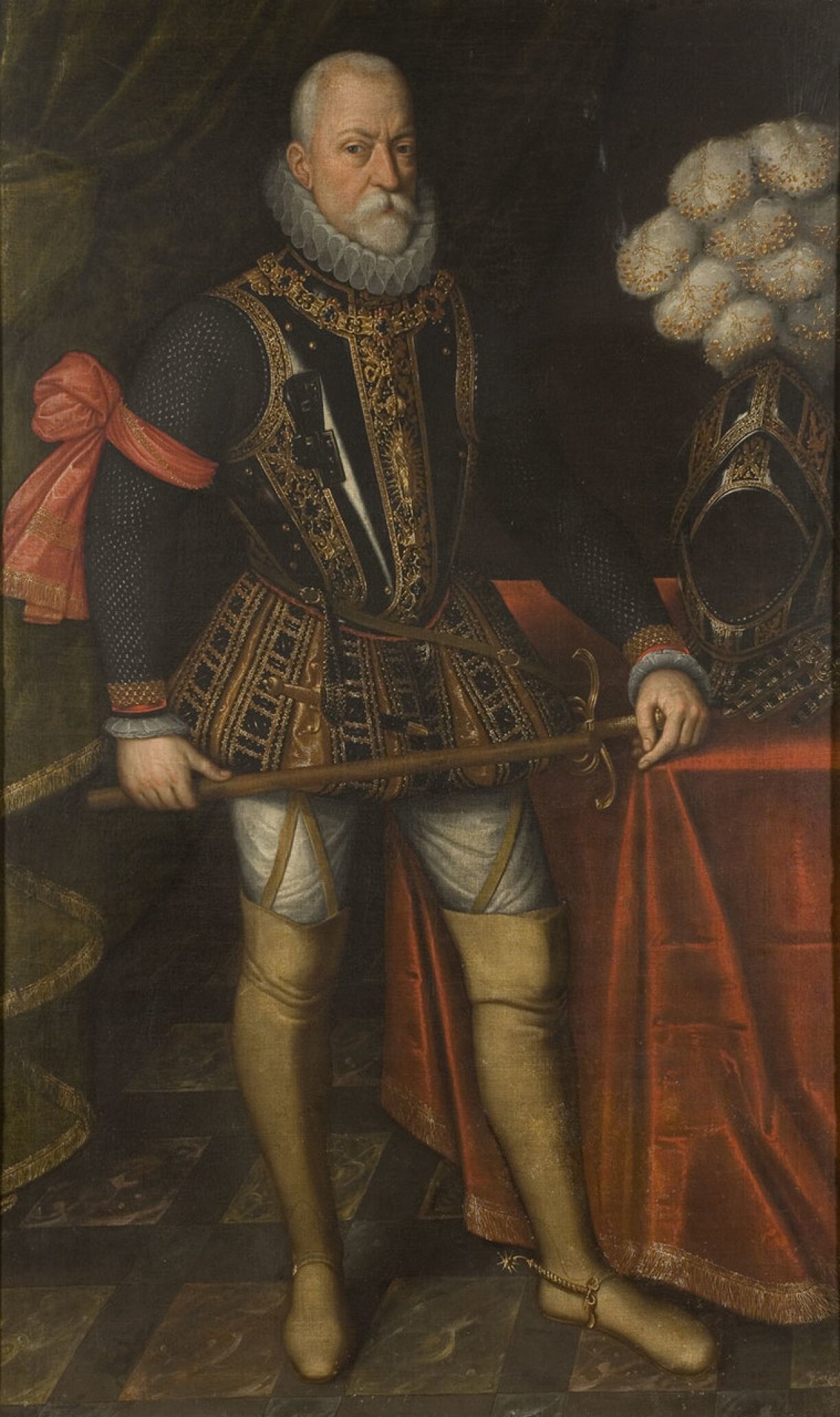
From 1482 to 1795, the Duchy of Luxembourg was predominantly under Habsburg control, save for a few brief interruptions. Unfortunately, this was not ideal for Luxembourg, as it frequently found itself entangled in the ongoing conflicts between the Habsburgs and the French.
So why did Luxembourg become such a constant theatre of war?
Listen to this episode right here or continue reading down below.
The nickname ‘Gibraltar of the North’ doesn’t sound all that impressive these days, but back in the 18th century...
The Habsburg family, through strategic marriages and the careful acquisition of lands, had come to dominate much of present-day Austria, Czechia, and Hungary by the mid-15th century. This consolidation of power made them highly influential within the Holy Roman Empire. After Frederick III was crowned Holy Roman Emperor in 1452, the Habsburgs retained the imperial title until 1806.
Meanwhile, the Valois dynasty had successfully reclaimed control over France from the English by the conclusion of the Hundred Years’ War in 1453. This victory positioned the Kingdom of France to pursue expansion on the European continent.

However, by 1519, the 19-year-old Charles V had inherited a vast array of territories, including the Habsburg crown lands in the Holy Roman Empire, Spain, the Netherlands (including Luxembourg), and parts of Burgundy. This unprecedented accumulation of power effectively encircled the Kingdom of France with Habsburg-controlled lands.
The resulting tension inevitably led to conflict, sparking wars that would continue intermittently for approximately 250 years.
The primary battleground between the Valois and the Habsburgs in the early 16th century was Italy. The Italian Wars, a series of conflicts over control of the Italian peninsula, raged from 1494 to 1559. Although the ostensible cause was the dispute over the Duchy of Milan, the wars were, in reality, a geopolitical struggle between rival dynasties and a deeply personal feud.
Francis I of France (1515-1547) harbored a strong animosity toward Charles V, particularly after losing the 1520 election for King of Germany to him. In 1526, Francis was captured by Charles V’s forces and imprisoned in Madrid. Later, in 1536, he forged a controversial alliance with the Muslim Ottoman Emperor Suleiman the Magnificent, an unprecedented move for a Christian monarch at the time.

During this period, conflict extended to Luxembourg, a vulnerable target as the southernmost part of the Habsburg Netherlands. Francis I, an admirer of the old House of Luxembourg, coveted the title of Duke of Luxembourg for himself. In 1542, he sent French troops, led by his son, to seize the fortress.
The events of 1542-44 revealed Luxembourg’s initial vulnerability as a military stronghold. The French set up their artillery on the heights of what is now Kirchberg and successfully bombarded the town into submission. However, they were driven out after just two weeks. The French returned in 1543, but after a prolonged siege in 1544, Charles V’s forces recaptured the fortress.
With the situation in Italy demanding his attention, Francis ultimately abandoned his efforts to take Luxembourg.
But the French would be back.
In 1556, Charles V abdicated, leaving the Netherlands and Luxembourg to his son, King Philip II of Spain. The fierce rivalry between the Habsburgs and the French subsided temporarily as both powers turned their attention inward, grappling with religious civil wars.
The Protestant Reformation, ignited by Martin Luther’s Ninety-five Theses in 1517, had shattered the unity of Christianity, leading to profound consequences across Europe. Between 1562 and 1598, France descended into a series of brutal conflicts known as the French Wars of Religion, marked by events such as the St. Bartholomew’s Day Massacre of Protestants in 1572.

Meanwhile, the Dutch Revolt erupted against Habsburg rule in the Spanish Netherlands, igniting the Eighty Years’ War for independence. During this turbulent period, Luxembourg became a strategic stronghold for the Spanish Habsburgs, who, under the leadership of Governor Peter Ernest von Mansfeld, undertook extensive fortification efforts.
The fortress at Luxembourg was significantly reinforced, and a network of fortified towns and castles was established around the Duchy. This defensive ring included key locations such as Arlon and Virton (now in Belgium) as well as Montmédy and Thionville (now in France), ensuring the region’s protection amidst the ongoing conflicts.
Under Governor von Mansfeld, Catholic Luxembourg remained loyal to the Spanish Habsburgs and did not join the predominantly Protestant Dutch Revolt. Instead, it became a stronghold of resistance against the Dutch insurgents. As France began to recover under the new Bourbon King, Henry IV, it adopted a policy of undermining the Habsburgs wherever possible without directly declaring war. The most effective way to do this was by supporting the Dutch rebels, which left Luxembourg vulnerable to attacks from all sides.
In response, the Spanish Habsburgs flooded Luxembourg with mercenaries to combat the Dutch forces. The region’s countryside was devastated by the presence of these armed men, who showed little regard for the local population, leaving a trail of destruction in their wake.

The fortress of Luxembourg itself was briefly besieged in 1593 and 1597, while Franco-Dutch forces captured Montmédy, Virton, and Echternach.
A short-lived truce during the reign of Isabella Clara Eugenia and Albert, Sovereigns of the Netherlands, ended by 1621. The Dutch Revolt was soon absorbed into the broader Thirty Years’ War (1618–1648), a devastating conflict that engulfed all of Europe.
Luxembourg became a constant war zone, with Spanish mercenaries, Dutch rebels, and French troops clashing frequently. Its villages were ravaged, and an estimated two-thirds of the population perished from famine and plague.
Under Louis XIII and his chief minister, Richelieu, France renewed its conflict with the Habsburgs, triggering the Franco-Spanish War of 1635–1659. The Treaty of Westphalia in 1648 ended the Thirty Years’ War and the Dutch Revolt, but the Franco-Spanish War continued to ravage Luxembourg until the 1659 Treaty of the Pyrenees brought a fragile peace.
At this time, the Duchy of Luxembourg faced its first partition, with Montmédy and Thionville falling to France. However, the Franco-Habsburg struggle was far from over. As we will explore next week, the late 17th century saw the Sun King, Louis XIV, take control of Luxembourg.